
The “ARM-200F NEOARM” is equipped with a proprietary technology developed Cold Field Emission Gun (Cold-FEG) and a new Aberration Corrector (ASCOR), which can correct higher-order aberrations to achieve atomic resolution observation. Additionally, JEOL has developed its own aberration correction algorithm and installed a system that automatically performs high-speed and accurate aberration correction. This provides high-throughput atomic resolution observation. Furthermore, the ARM-200F is equipped with a new STEM detector that can achieve high contrast for light elements regardless of the acceleration voltage.

Aberration Corrector ASCOR (Advanced STEM Corrector)
The ASCOR installed on the “NEOARM” can correct higher-order aberrations, which are the main factors limiting the resolution of traditional correction devices. The combination of ASCOR and Cold-FEG provides high atomic resolution across a wide range of acceleration voltages from high to low.
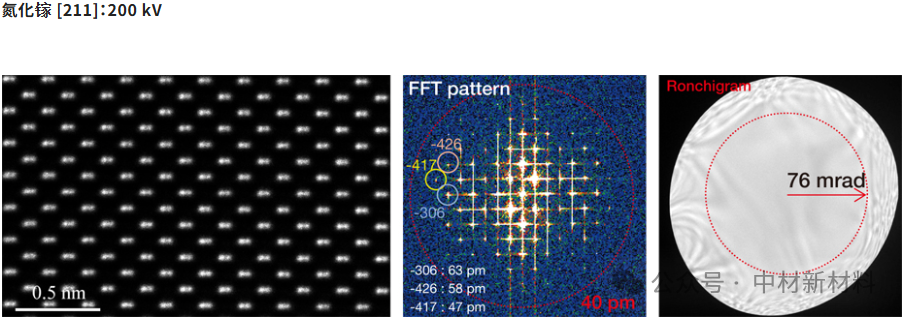

Automatic Aberration Correction Software JEOL COSMO™ (Corrector System Module)
By adopting a new aberration algorithm (SRAM: Segmented Ronchigram Auto-correction function Matrix), JEOL COSMO™ can quickly and accurately correct aberrations to higher orders without the need to replace standard samples for aberration correction. Compared to general correction algorithms, it enables faster processing and automation, allowing for high-throughput, flow, high-resolution observation and various elemental analyses without complicating the customer’s workflow.
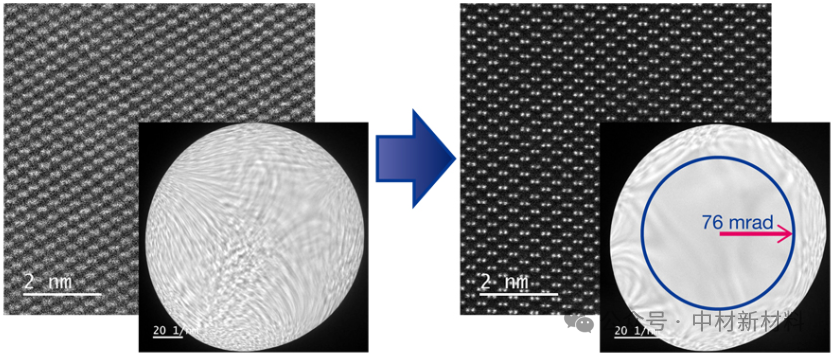
The two images show the effects before and after automatic correction.
Effect Demonstration
Selected Area Electron Diffraction (SAED) achieves in-situ analysis of the morphological features and crystallographic properties of crystal samples through the correspondence between selected area morphology observation and electron diffraction structure analysis.


HRTEM (High Resolution Transmission Electron Microscopy) is a phase contrast microscopy technique that can obtain atomic arrangement images of most crystalline materials. It visually represents the interplanar spacing through bright and dark fringes. By measuring the spacing of the bright and dark fringes and comparing it with the standard interplanar spacing d of the crystal, the crystal plane orientation or growth direction of the material can be conveniently determined.
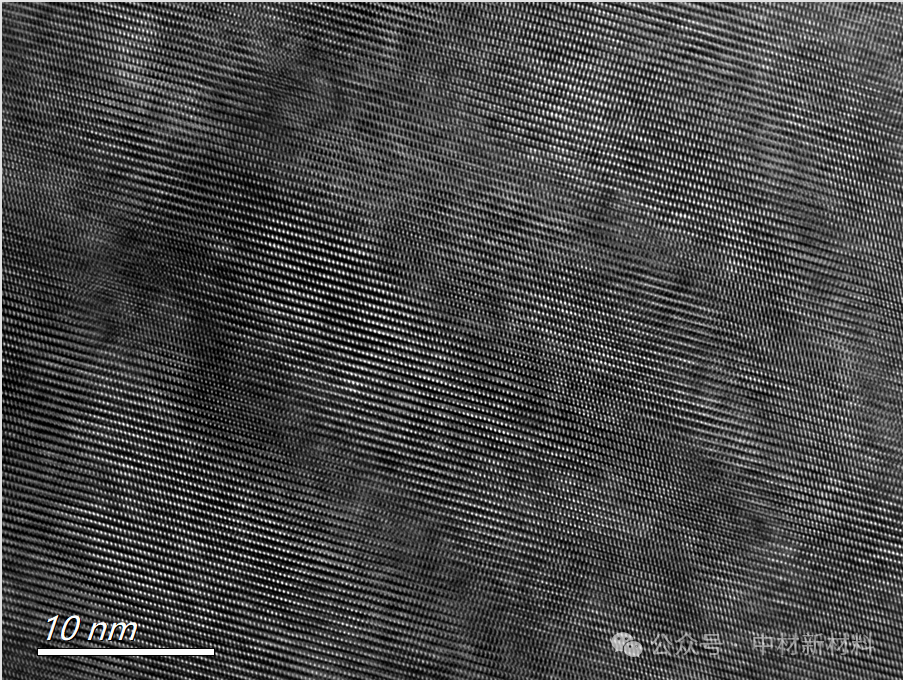
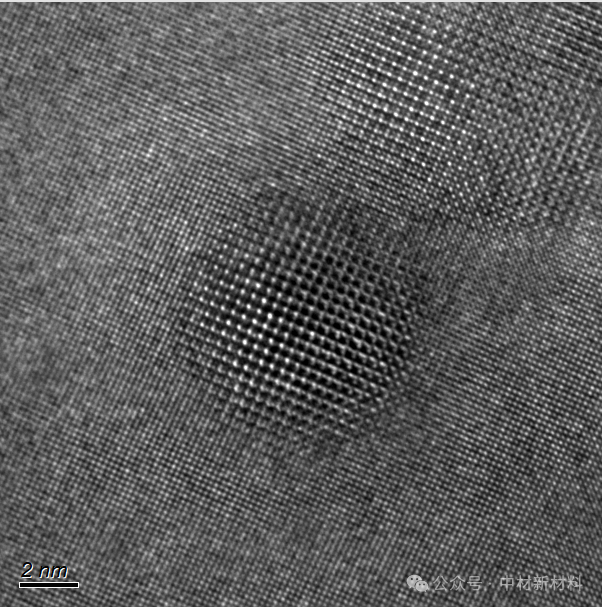
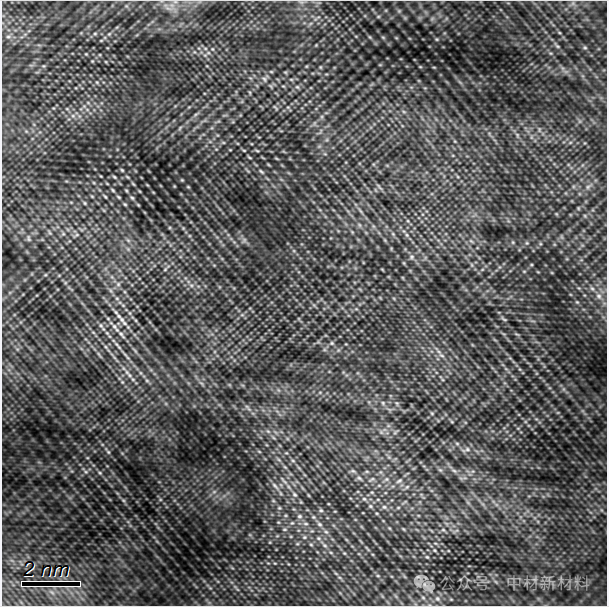
Twin boundaries are one of the key structures affecting the mechanical behavior of metallic materials, such as plastic deformation, toughness, and strength. The ARM-200F can clearly capture the morphology of twins, aiding researchers in analyzing material properties.
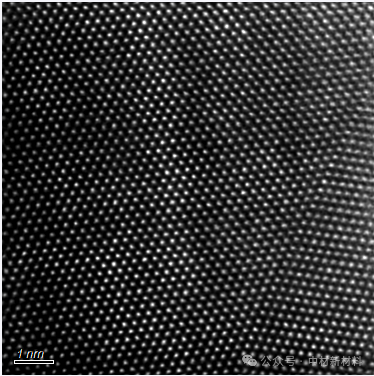
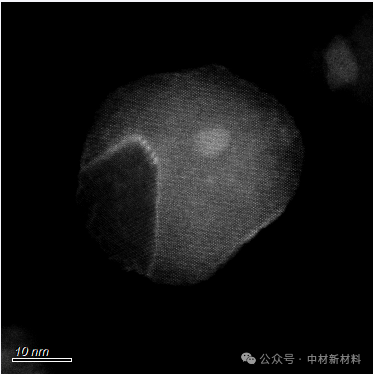
The EDS probe of the ARM-200F is sensitive to heavy elements and can identify and quantitatively analyze all elements above carbon in the periodic table; it has a fast detection speed, low sample damage, and low cost.
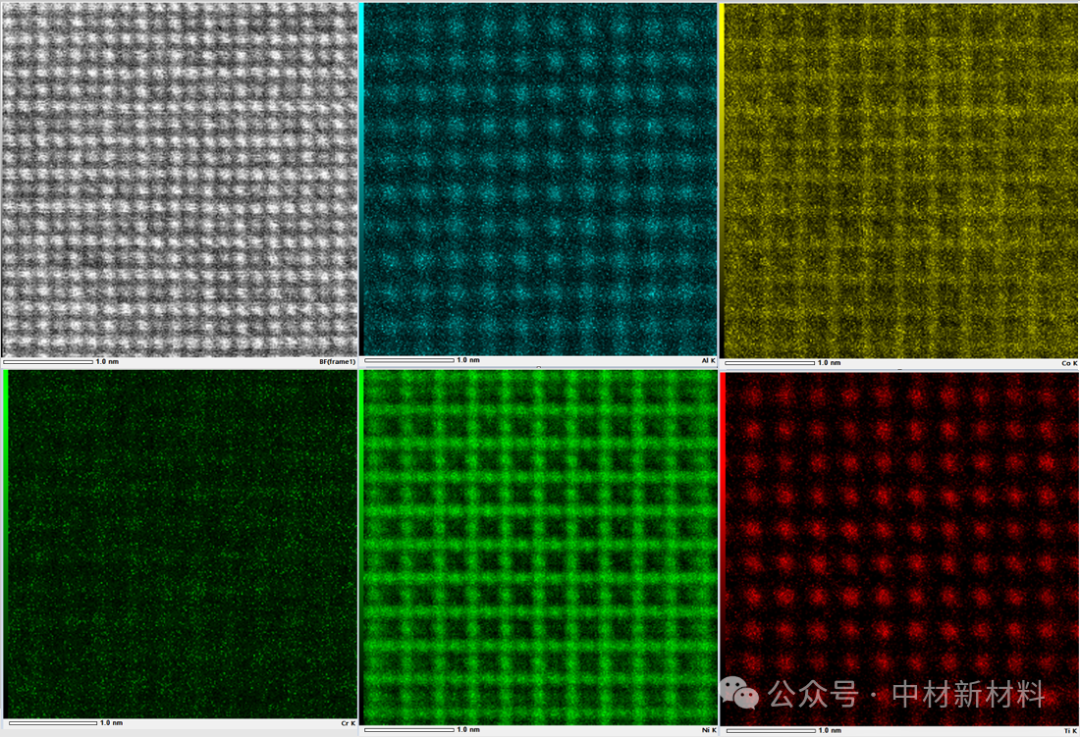
TEM Data Exchange and Discussion
The China National Materials Research Institute focuses on transmission electron microscopy characterization and can provide a full range of services including sample preparation, transmission electron microscopy characterization, and data analysis. Below is our company’s TEM data exchange group, aimed at discussing various issues related to TEM. If you are interested, feel free to join!
